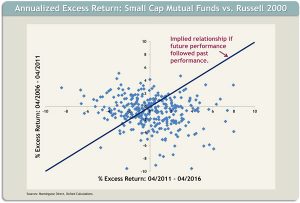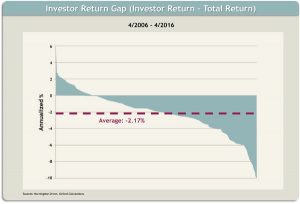In 2015, the CFA Institute launched its Women in Investment Management Initiative with an educational conference titled simply “Women in Investment Management.” At the same time, a handful of CFA Society of MN board members and staff began discussing this idea, and similar actions we could take at the local level. Less than 15% of the local members are women. We had heard the frustration of local employers who were not getting diverse pools of applicants for their open jobs, and we also heard from local universities that they were working to reverse the decline in young women entering finance and investment programs. Maybe, through local efforts, we could find a way to help address these concerns. After attending the first Institute conference, we were equipped with a solid overview of the current situation along with enough ideas to commit to a local initiative which we named “Changing Perceptions.” Unfortunately, the current situation is not a new situation. There is awareness, with some, but not enough action to date. And, the conference did not provide much information on actions to be taken.
This past year has been a period of incubation for the direction of our initiative, as we researched, networked, discovered other organizations with potential for collaboration, sponsored a couple of programs, and were given a small budget, thanks to the generosity of our past president Leyla Kassem, CFA. We were certain of two things: any programming would be inclusive and for the benefit and interest of any and all members. Second, we recognized our need to rely on the resources of the Institute given our limited capacity as a professional association that relies on volunteers and a staff of three. However, we were in need of a more focused direction.
And then, I along with Amanda Sullivan and Diane Senjem attended the second annual CFA Institute Conference on Women in Investment Management which was held two weeks ago. The title of this conference was “Alpha and Gender Diversity: The Competitive Edge” – a powerful title for a powerful conference. In short, the Institute supported, with data and research, the assertion that diversity in executive management and decision making is much more than a nice thing to do – it is a competitive advantage! In addition, they provided information on actions that will lead to change. The conference provided a compelling and communicable incentive for change and actions to make that change. This information is what was missing from our local initiative.
I look forward to sharing updates regarding the progress of our newly refocused local initiative, and providing programs, and opportunities to continue changing perceptions.
Teri Richardson, CFA
Chair, Changing Perceptions: Women in Investments







